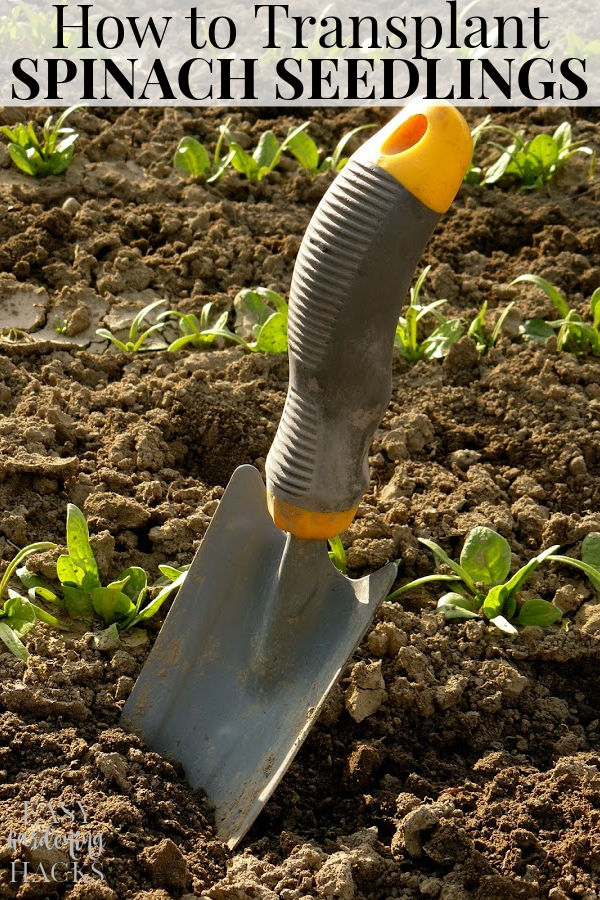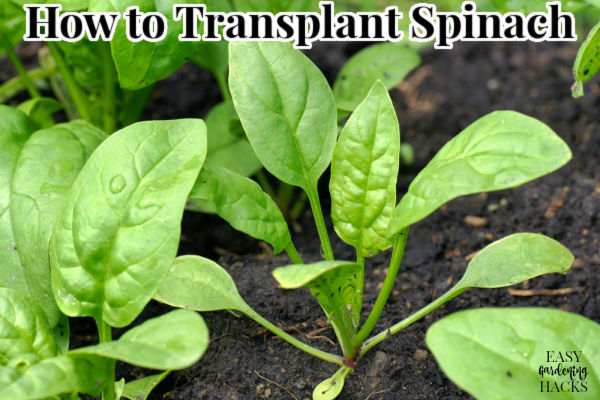Use this guide on how to transplant spinach seedlings to safely transplant spinach whether you started it indoors or bought seedlings from your local nursery.

How to Transplant Spinach Seedlings
You may see information about how you shouldn’t transplant spinach, but the truth is, starting seedlings before transplanting them outdoors can speed up the season and help you harvest earlier. Transplanting spinach can be done with just a little bit of extra care. Here are some tips for transplanting your seedlings to your garden for a great spinach harvest.
How to Harden Off Spinach Seedlings for Transplant
If you started your spinach seedlings indoors, you may need to do a hardening off process before planting in the ground outdoors. This is a simple process that just involves leaving your seedlings outdoors for a few days to get them used to outside temperatures as well as elements.
To do it, just bring your seedlings outdoors and place them in a spot like your protected porch and leave them out for the day, bringing them inside. After a couple of days, leave them out both day and night. This process should only take a couple of days to complete.
How to Prepare the Soil for Spinach Seedling Transplanting
Spinach is a hungry plant so it does need some extra care when making the soil ready for it to be planted. You should do this if you are planting seedlings you grew indoors or if you are direct sowing seeds into the ground.
Place some compost in the soil you will be using. Add in some form of extra nitrogen boost such as bone meal. Mix this in well and plan on your spinach plants growing 4-6 inches from each other. Dampen the soil, but don’t soak it.

How to Transplant Spinach Seedlings
When transplanting spinach seedlings, you will want to be extra careful about your plant’s root systems. Spinach, like peas, have delicate root systems. To avoid any trouble, just plant the entire cup or section, including the dirt.
Dig a hole as deep as the section you grew each seedling in, or about 3-4 inches deep. Place each seedling into its own hole and cover with a mixture of compost and soil.
Leave a Reply